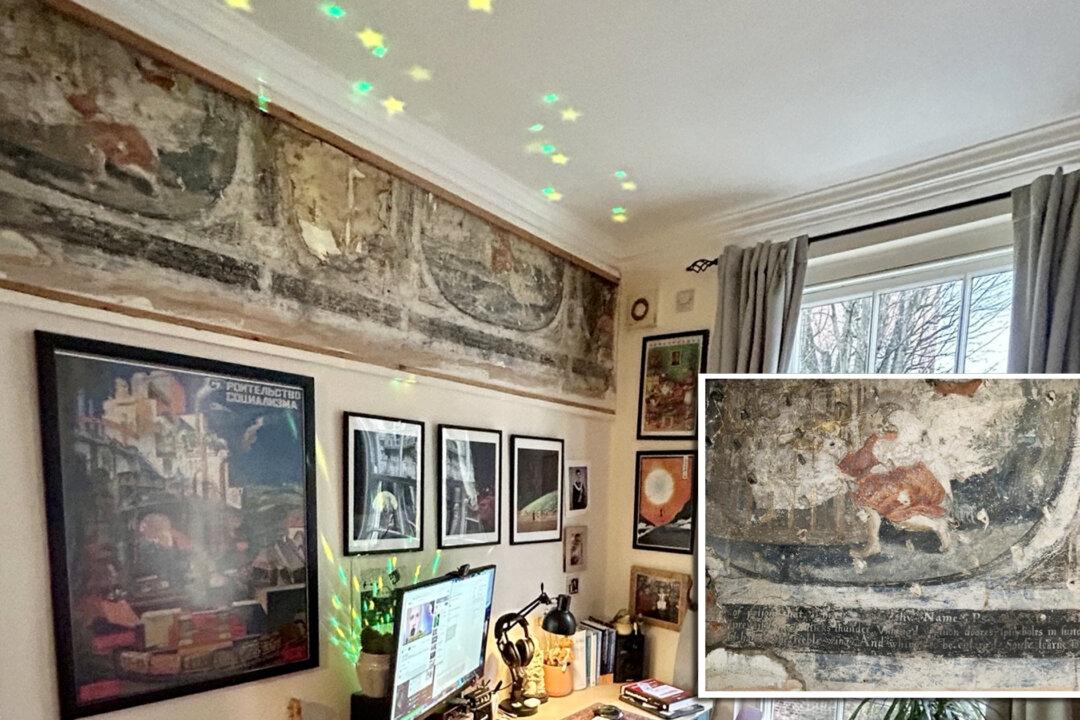A man from England who was getting his kitchen renovated was shocked to discover that there were historic 400-year-old paintings of “national significance”—on the wall of his flat.
In December 2022, Luke Budworth, 29, had temporarily moved out of his one-bedroom apartment on Micklegate, one of the main streets in York, England, as his kitchen was getting renovated.





